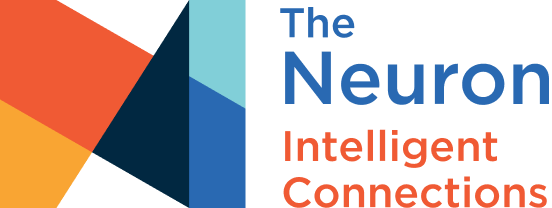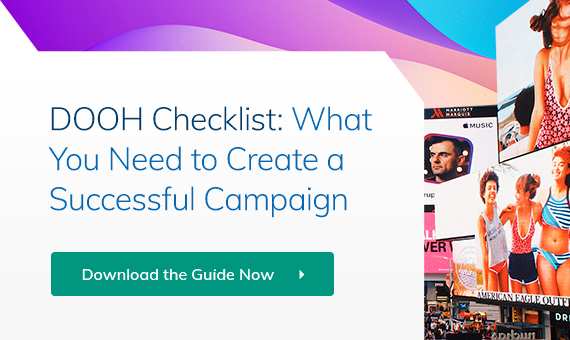Digital Out Of Home (DOOH) advertising is a rapidly growing industry – driven in no small part by the advent of programmatic in the Out Of Home space, along with a number of other factors.
So, what are those factors and how does programmatic OOH work? Let’s dive in.
The Rise and Rise of OOH
Examples of Out Of Home (OOH) advertising include billboards and digital advertising across Transit, Retail, Outdoor, Health & Beauty, Point of Care, Education, Office Buildings, Entertainment, Government, Financial and Residential.
In the wake of the COVID-19 pandemic that limited outdoor movement, one might expect DOOH advertising to be suffering. While it’s certainly true that throughout the worst months of the pandemic when stay-at-home orders were in place, the DOOH industry took a hit. However, with lockdown restrictions lifting, it is now back on course to recover to pre-COVID levels throughout 2021 and indeed, surging in its growth.
Why is DOOH such an important marketing strategy for advertisers all around the world?
A key reason is the impact and effectiveness of online advertising is shrinking. Of particular note is the ad fatigue brought on by the ubiquity and intrusiveness of online ads.
Internet users are routinely bombarded with ads whenever they go online and many have become so used to them that they no longer see them – hence the term “banner blindness.”
As a result, online ads now have low viewability and accordingly, low click through rates (CTR).
By way of an example, the average CTR for ads on Google Search in 2020 was 1.55% and 1.11% for Facebook ads and this is trending downwards.
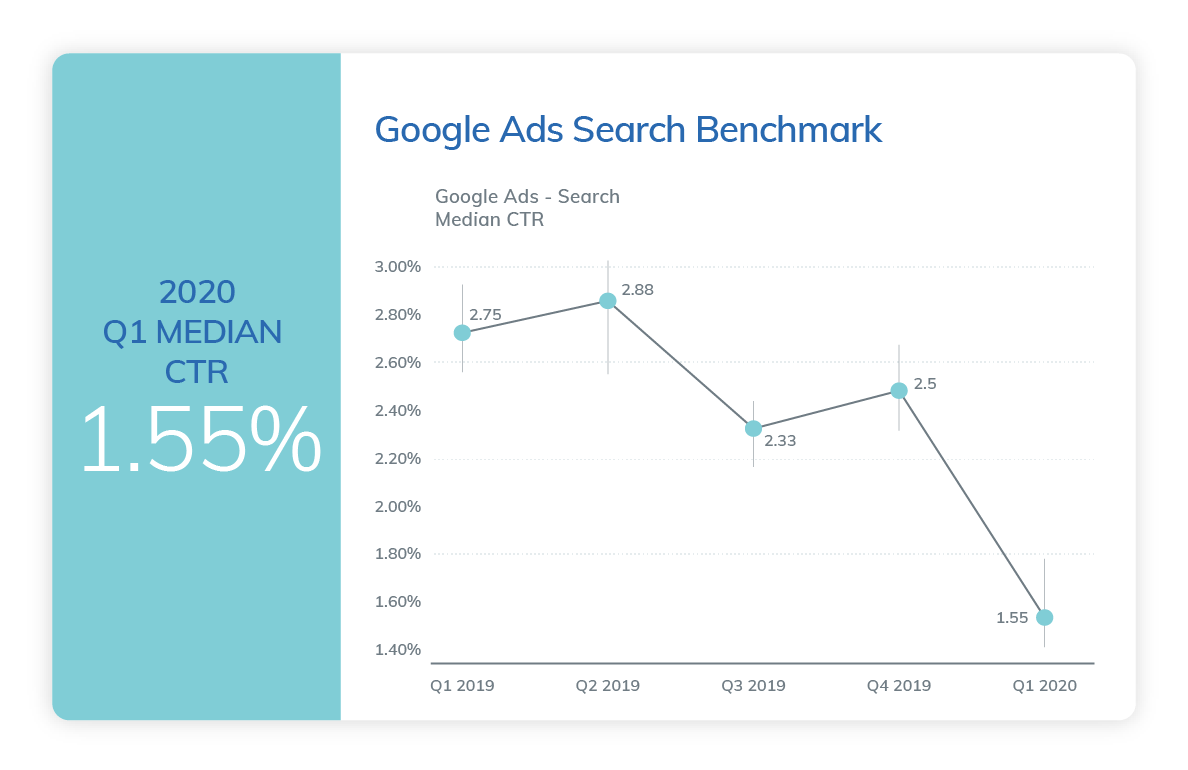
(Image source: Smart insights)
Another factor that is leading to the continued growth of DOOH is the increased use and growth of programmatic, which vastly improves how consumers experience Out Of Home advertising and how advertisers, in turn, target those consumers.
What Is Programmatic OOH?
Programmatic Out Of Home advertising, commonly referred to as programmatic DOOH or pDOOH, allows you to plan, buy, manage and deliver your DOOH ads through an automated platform – to the right person at the right time.
So, what makes pDOOH unique?
Well, buying billboard space and other out of home marketing collateral has traditionally been a cumbersome process, involving marketing teams or advertising agencies manually negotiating prices and buying space through a middleman.
This process is complicated and time-consuming, which increases the advertiser’s costs.
It’s also difficult to ensure you are buying the right space in the best location for maximum visibility and results. Advertisers often have to rely on gut feelings instead of data for decision-making.
Similarly, with traditional OOH, data collection is difficult (if not impossible) – and without reliable data, advertisers must once again rely on intuition for their future campaigns.
Programmatic OOH solves these problems by delivering relevant ads to targeted audiences at the perfect moment when they walk or travel past the digital signage.
Similar to how online ads use cookies for audience targeting based on browsing behaviors, programmatic OOH technology uses mobile location data to target audiences by understanding where they spend their time and their daily routines. This all happens in real-time and the entire ad bidding, buying and delivery process is completely automated.
Research shows that the adoption of programmatic OOH alongside other channels leads to a boost in reach of up to 100%.
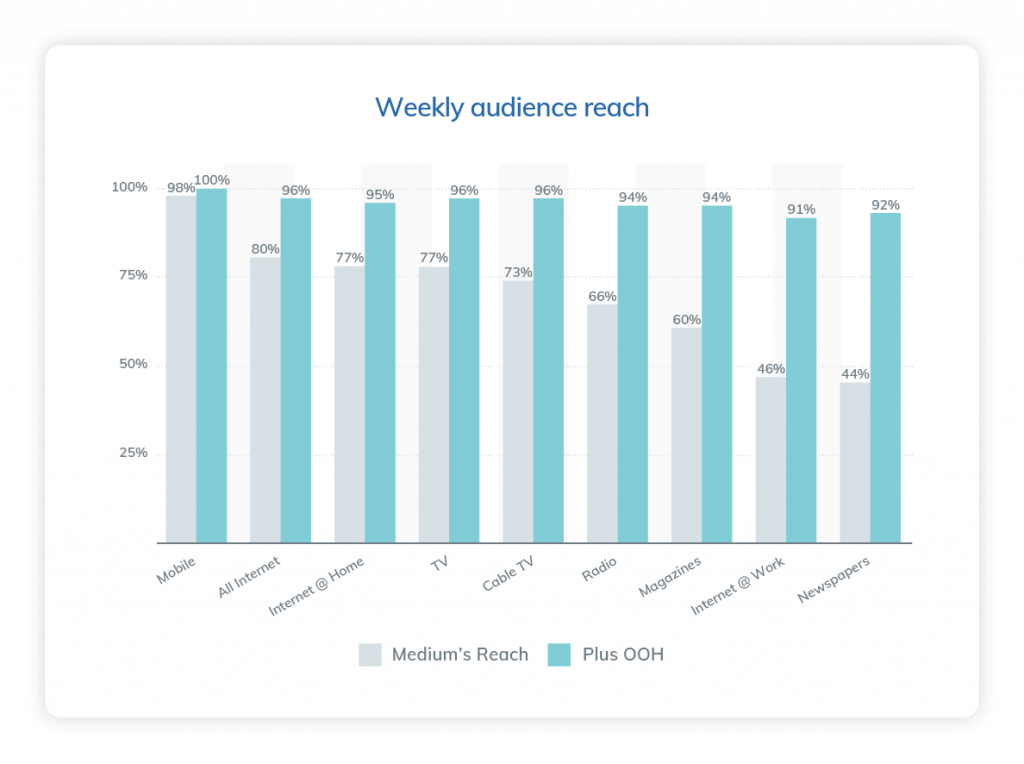 (Image source: Media Post)
(Image source: Media Post)
Examples of Digital OOH using Programmatic Capabilities
There are numerous examples of how programmatic OOH is helping businesses meet their business objectives.
Below, we outline two fantastic examples of clever digital OOH using programmatic capabilities:
- Time Center: This leading watch retailer ran its campaigns during the run-ups to Christmas and Valentine’s Day to showcase its seasonal collections.
Time Center used The Neuron’s programmatic OOH solution’s peak time of day, traffic and audience data to run campaigns for three watch models during these seasons. They specifically targeted business professionals, luxury shoppers and first-time buyers with excellent results.
- Laderach: This Swiss chocolate producer enjoyed success with its holiday launch campaign showcasing a fine selection of Swiss chocolate.
During high traffic hours, the company ran a programmatic tactical campaign, delivered right to the target audience on select screens around its stores thanks to The Neuron’s Point of Interest (POI) and audience/traffic measurement tools.
As a result, the company significantly increased its exposure compared to the same period the previous year, ensuring maximum visibility across the board.
Programmatic Digital Out Of Home Advertising
The above programmatic digital OOH examples show how programmatic OOH is a more refined approach to traditional OOH.
First, advertisers set parameters for their digital Out Of Home programmatic campaigns. For example, these could be age ranges or other demographic variables. They also set a budget and duration of the campaign.
The DOOH algorithm then bids on space on those digital billboards and when all conditions are met, ads run automatically.
Programmatic Digital OOH Formats
Programmatic digital OOH opens up endless data-driven targeting opportunities.
A key advantage of Digital OOH is the dynamic nature of the advertising which reacts to real-world conditions, such as the weather. A great example of this comes through eBay.
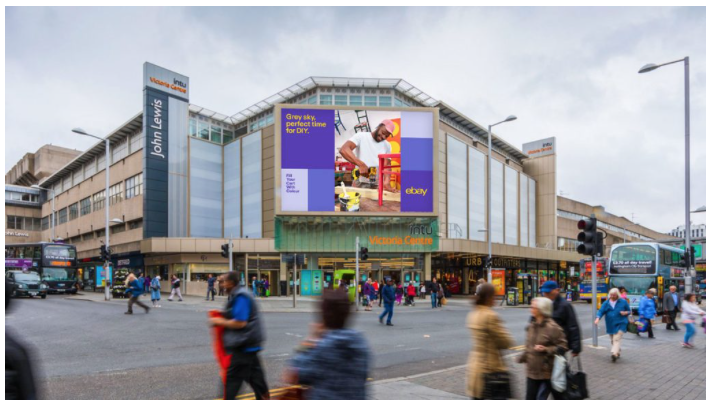
(Image source: marcommnews.com)
Visual ads for gardening during the hot weather, indoor projects during cloudy conditions and wet weather gear when raining.
This kind of interactive digital OOH increases both interaction and engagement. With creativity, there are limitless programmatic Digital OOH formats.
What Is Programmatic Media Buying?
At this point, you must be wondering, “How do I run programmatic ads?”
It all begins with programmatic media buying – the process of using automated technology to buy media space. To do this, you need a platform that’s transparent, flexible and easy to use.
This is where The Neuron comes in.
With our platform, you connect with media owners directly to find the perfect digital spaces to run your campaign. What’s more, advanced analytics tools are at your disposal via a user-friendly dashboard to help you track your programmatic DOOH campaign to gain insights, optimize your efforts and replicate success.
While a typical advertiser needs weeks to plan a successful campaign, you only need a few minutes on The Neuron to book and deliver an ad to a highly targeted audience at the right time, in the right place.
And what’s more, the platform is available to both agencies and SMBs alike.
Are you ready to add premium inventory to your programmatic Digital Out of Home (pDOOH) campaigns?
Contact us today to explore all the possibilities on offer.
